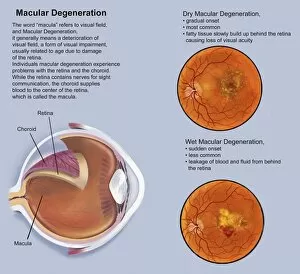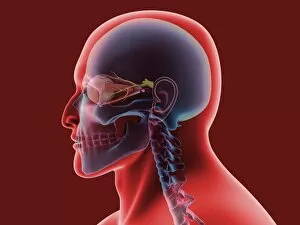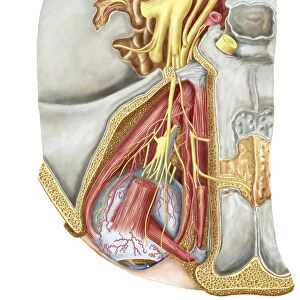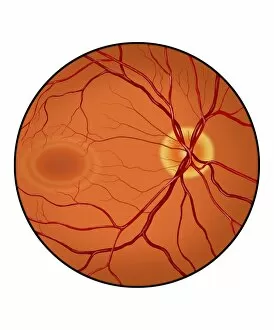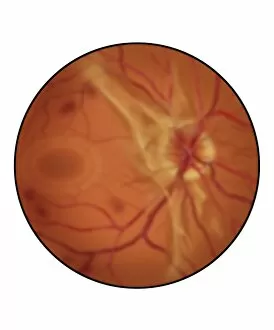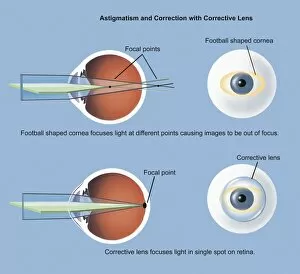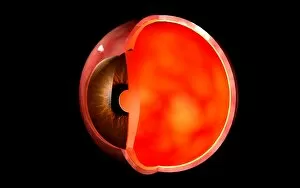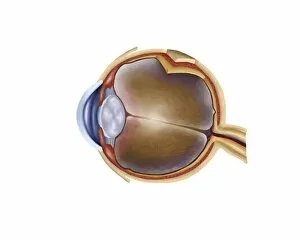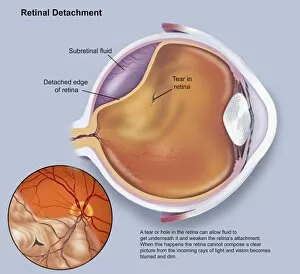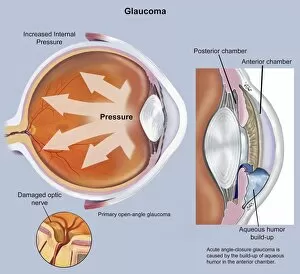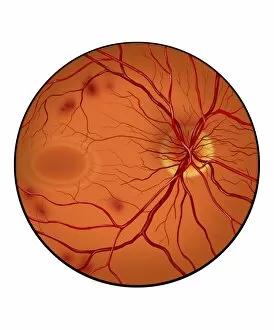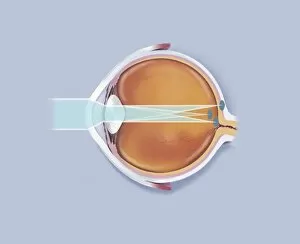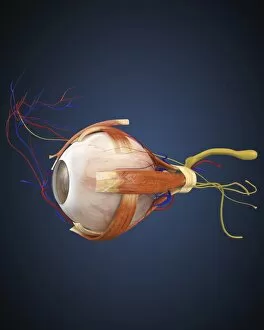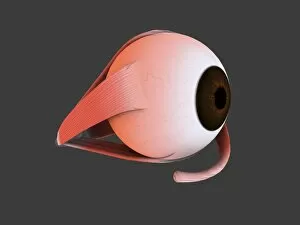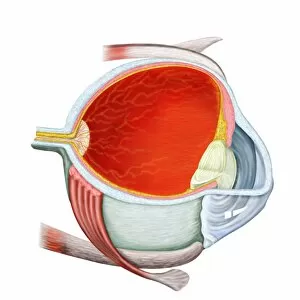Fovea Centralis Collection
The fovea centralis, a tiny but mighty part of the human eye, plays a crucial role in our vision
For sale as Licensed Images
Choose your image, Select your licence and Download the media
The fovea centralis, a tiny but mighty part of the human eye, plays a crucial role in our vision. Nestled within the retina, it is responsible for our sharp and detailed central vision. In a conceptual image of human eye anatomy, we can see this remarkable structure located at the back of the eyeball. Its strategic position allows light to directly hit the fovea centralis, ensuring optimal visual acuity. When looking at a conceptual image of a human eye and skull together, we realize how intricately connected our eyes are to our overall anatomy. The fovea centralis acts as an essential link between what we perceive visually and how it relates to our surroundings. However, not all retinas are created equal. In another image depicting macular degeneration, we witness the devastating effects on the fovea centralis caused by this age-related disease. It highlights why preserving its health is vital for maintaining clear sight throughout life. A cross-section view reveals more about this incredible structure's placement within the eye. We observe its proximity to other critical components like nerves and ganglia—the abducent nerve with ciliary ganglion and oculomotor nerve—showcased in an orbital cut image. Returning to images that focus solely on human eye anatomy emphasizes just how significant the fovea centralis truly is amidst this complex system. It stands out as one of nature's marvels—a testament to evolution's precision. Contrasting images show us two different realities: first, a normal retina displaying healthy function; secondly, one afflicted by advanced diabetic retinopathy—an alarming reminder that diseases can compromise even such intricate structures like the fovea centralis if left unchecked. Lastly, an intriguing concept emerges when considering astigmatism correction using corrective lenses alongside discussions about foveal health. This connection underscores how precise adjustments made possible through these lenses can enhance visual clarity specifically within this focal point.

